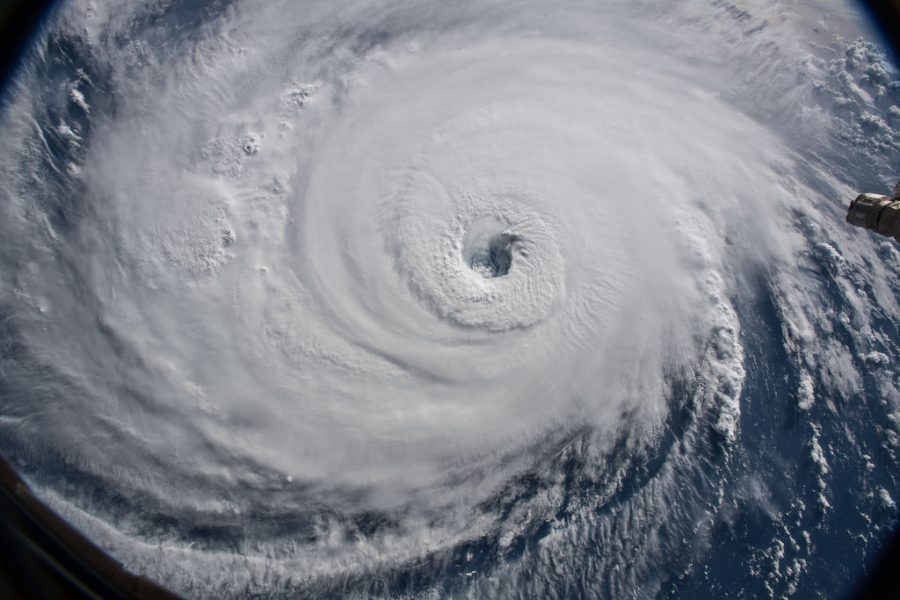Hurricane Florence Ravages East Coast
February 23, 2019
By Katie Reynolds
On August 30th, a strong tropical wave emerged on the west coast of Africa. By August 31st, a tropical depression formed. By September 1st, it strengthened to a tropical storm. From September 4th to the September 5th, the tropical storm quickly intensified to a Category 4 hurricane and earned the name Hurricane Florence.
The strength of the storm would fluctuate repeatedly, until finally hitting the coast of North Carolina on September 14th as a Category 1 hurricane.
Despite the weakening of the hurricane, the sheer size was frightening to many. It was estimated at it’s peak diameter to be over 500 miles wide, the size of North Carolina itself. The size of the hurricane caused threats for potential inland flooding, with even the Appalachians receiving flash flooding warnings.
On the first day of landfall, Hurricane Florence became a deadly hurricane. As of September 19th, 36 deaths have occurred as a result of Florence, 27 of those occurring in North Carolina. Of these deaths, three children died, ranging from 3 months old to 1 year old. These estimates continue to rise everyday.
Over 1 million people were asked to evacuate in the Carolinas, rightfully so as the coast has been devastated by torrential downpours and storm surges. Swansboro, NC received over 30 inches of rain. Several other coastal cities in NC received over 20 inches of rain. Among those, Wilmington received the worst of it. The city of Wilmington is completely inaccessible due to the flood water.
One student, Andy Risley, a senior at E.A. Laney High School in Wilmington, was seen around RJR while staying with his governor school peers from Winston-Salem.
“This storm was much different because of the level of panic across the city,” Risley said. “Wilmington as a city was brought together… the spirit of our city was lifted in ways I haven’t seen before.”
On September 18th, 20 high-water trucks from Fort Bragg brought in enough food and water supplies for 60,000 people. More than 300,000 remain without power in NC as of September 18th.
The last time a hurricane of this strength hit the Carolinas was Hurricane Hugo, back in September of 1989. Hugo killed more than 50 people on the U.S. East Coast and in the Caribbean.
“It’s different from any stroms in North Carolina in that you couldn’t really predict the path,” said guidance secretary Maria Whitehead. “You know, one day it was saying it was going to hit us head on and then one day it’s going around you, one day we’ll have torrential rains, it’s just really unpredicatable.”
For many who lived during Hugo, Florence is a nightmare all over again. Even after Florence has passed, the state continues to suffer. At least 14 river gauges are reported to be at a major flood stage, continuously causing damage to homes and businesses in the surrounding areas.
Organizations across the country are working to help those affected by Hurricane Florence, along with local high schools in the Carolinas. Those affected by the hurricane have been left in shambles, many of their homes destroyed, emotionally scarred, waiting for help to come.
Photo Provided by Creative Commons












